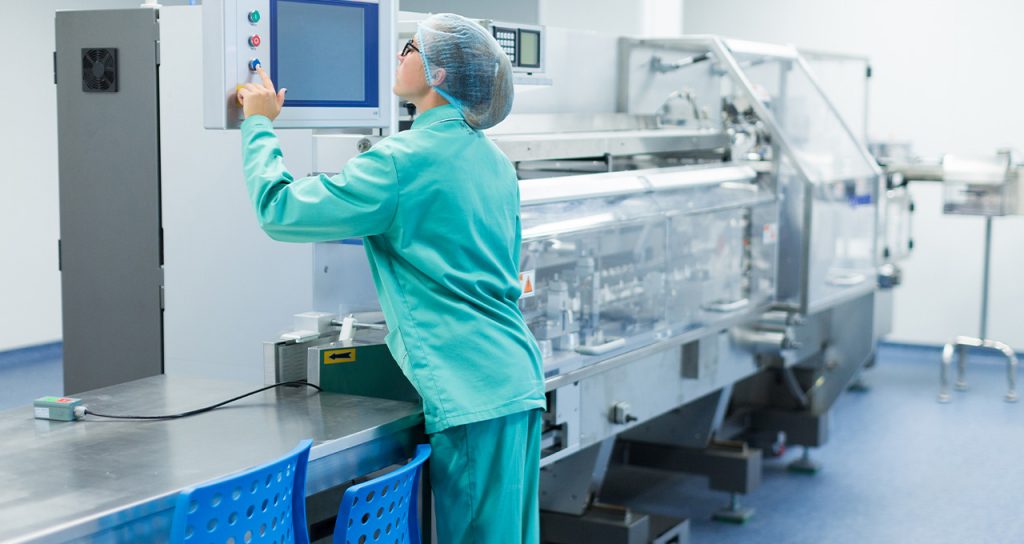XaaS, or everything-as-a-service and the managed services that support the solutions throughout their lifecycles can have a significant impact on the energy transition.
In 2019 some 53.6 million tonnes of electronic waste were produced worldwide, only 17.4% of which were collected and recycled. Indeed, the lifespan of IT equipment is no more than 3-5 years. And the fact that 31% of IT projects fail, says the firm Gartner, means a considerable amount of resources are wasted. By 2030 the sector will generate 74 million tonnes of e-waste.
Although it is often associated with intangible activities, the IT sector has a very tangible impact on the consumption of electricity and, to an even greater extent, raw materials, especially rare metals.
As a result, the future of the IT market hinges on more than just new technologies, such as 5G and network-as-a-service (NaaS), which are continually improving user experiences. The real challenge today for IT stakeholders and their clients is to reduce their electricity consumption and above all their use of raw materials, the main source of greenhouse gas emissions in the sector.
Reducing the carbon footprint of IT solutions
XaaS, everything-as-a-service, play a key role by improving the carbon footprint of IT solutions – an area on which market players must focus their efforts to maintain their positioning in the competitive landscape and to fulfil their corporate social responsibility. The business model helps to lower electricity consumption because the utilisation rate of the IT solutions such as cloud servers is significantly higher than that of customer dedicated IT equipment. It also prolongs the equipment life-cycle. Dynamic in nature, as-a-service solutions offer greater flexibility in the equipment development cycle thanks to regular updates, thus extending useful life.
“Proactive XaaS can have a real impact on equipment lifespan”
XaaS and the specifically the managed services associated to them, can therefore have a real impact on the technical lifespan: Firstly in terms of capacity, through monitoring the use of equipment and solutions. Some underused components can be replaced by lighter devices, and hardware connected only during certain time slots. Checking conditions of use (temperature, dust, moisture) enable the right atmosphere for an increased technical lifetime. As can setting up predictive maintenance, a new evolvement in the IT industry.
Implementing a more client-focused approach early on, including both functional and business orientated (pre-sales) consultancy approach would prevent many projects from failing and wasting resources unnecessarily as a real assessment of the customers’ needs is the key point. And finally, promoting increased adoption of all the functionalities of existing IT solutions will significantly reduce demand for new applications as the use of functionalities available to user will be embraced to greater levels.
A virtuous model
As well as benefitting the environment and the client, the XaaS model is of interest to MSPs (Managed Service Providers) which remotely manage client information systems. By opting for a solution that extends equipment lifetime, MSPs are able to considerably reduce their use of raw materials while improving outcomes.
With XaaS, the sector is leaving behind a transactional model that encouraged it to frequently renew equipment. Now it is best served by keeping equipment as long as possible with clients as the economic cycle became about providing greater customer outcomes through (new) IT functionalities and performance instead of refreshing the solution by itself.
This is an opportunity for players in the market to minimise the risks of disruptive competition from any start-ups attracted by this subscription-based model. According to Fortune Business Insights, global investment in the fast-growing XaaS model is projected to increase from US$545.35 billion in 2022 to US$2,400 billion by 2029.
16/06/2023




